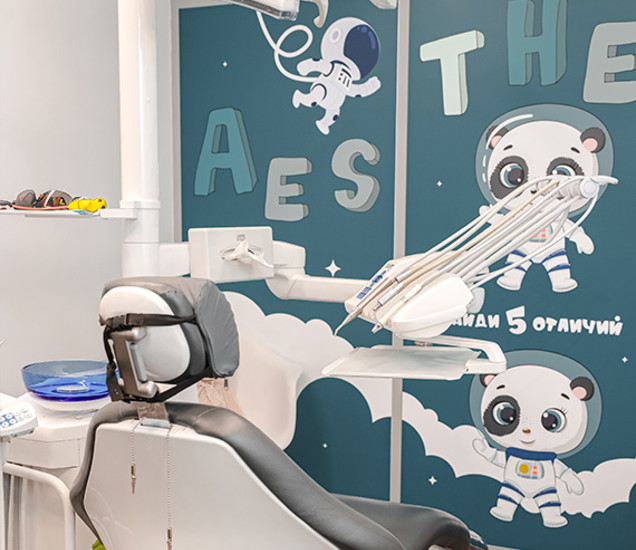Root Canal Treatment


How we can be
useful to you:
Veneers Without Grinding
Pediatric dentistry
Correction of bite
Implantation and crowns
Root Canal Treatment — What Is It?
Inside each tooth is pulp — a soft tissue filled with nerves and blood vessels. If the pulp becomes infected due to deep cavities, cracks, or trauma, inflammation develops, which can lead to severe pain and even loss of the tooth.
Dentist:
- removes the infected pulp;
- thoroughly cleans the root canals;
- disinfects them and then fills them with a special material.
This allows for halting the spread of infection and preserving the tooth. Modern methods make the procedure as comfortable and effective as possible.

When is Endodontic Treatment Necessary?
Dental assistance is required if the pulp is inflamed or infected. Indications for medical intervention include:
- pulpitis — inflammation of the neurovascular bundle, which manifests as spontaneous pain, reaction to temperature stimuli, and night pain attacks;
- periodontitis — an infectious-inflammatory process that affects the tooth’s ligament apparatus;
- traumatic injuries: for example, crown fractures exposing the pulp, subluxations, and intruded dislocations;
- preparation for prosthetics — it's important to ensure that no infection develops beneath the prosthetics.
There may be cases of asymptomatic progression, where inflammation can only be detected on an X-ray. Such situations are particularly dangerous as they can lead to significant destruction of the bony tissue around the root.
Root Canal Treatment
-
Title
Price
-
Root сanal treatment
from 3470 AED
We are changing
people's lives
Risk Factors for Tooth Infection
The likelihood of developing pulpitis and periodontitis increases in the following situations.
Dentistry-related factors:
- Deep caries, especially with slow progression;
- Secondary caries around fillings and under crowns;
- Poorly performed dental restorations;
- Periodontitis with the formation of deep pockets;
- Frequent whitening or other aggressive procedures.
General health factors:
- Diabetes — worsens regeneration processes;
- Osteoporosis — reduces jawbone density;
- Immunodeficiency states;
- Hormonal disorders.
External factors:
- Bruxism — due to teeth grinding caused by involuntary spasms of chewing muscles, cracks appear on the enamel;
- Consumption of hard, tough food — crackers, candies, smoked meats;
- Smoking — impairs blood supply to tissues;
- Frequent exposure to vibration and chemicals during work.
It is recommended to undergo preventive check-ups twice a year. They help identify problems at early stages when they are easier and quicker to resolve.
Signs and Symptoms Indicating the Need for Endodontic Treatment
Pulp inflammation does not always manifest immediately, but there are symptoms that warrant a visit to the doctor:
- sharp pulsating pain — especially at night or when pressure is applied to the tooth;
- reaction to cold and hot — pain does not subside immediately after the irritant is removed;
- change in tooth color — darkening due to nerve death;
- swelling of the gums or cheek — a characteristic sign of spreading infection;
- unpleasant odor from the mouth — may indicate a purulent process;
- tooth mobility — occurs in advanced cases due to bone tissue destruction.

Sometimes the tooth does not hurt, but inflammation is visible on the X-ray at the root. Therefore, even in the absence of pronounced symptoms, it is important to undergo preventive examinations.
Diagnosis
The dentist has the following methods at their disposal to diagnose and identify the cause of the problem:
- clinical examination — the doctor visually assesses the condition of the tooth, checks the reaction to cold/hot, and performs percussion to identify inflammation;
- X-ray — targeted images show the depth of the carious cavity, the number and shape of the root canals, and the presence of inflammation at the root tip;
- electroodontometry — the device determines the viability of the pulp based on its reaction to a weak electric current;
- transillumination — shining a bright light through the tooth helps to detect hidden cracks.
For complex cases, computed tomography is used, which provides a highly accurate three-dimensional image of the root system.
To make you healthy,
happy and successful!
will help you with this
Treatment Options for Root Canals
To clean the canals, mechanical and medicinal treatments are necessary. The dentist removes infected tissues and rinses the canals with antiseptics. In cases of severe inflammation, a therapeutic paste is placed in the cavity, and a temporary filling is applied, which is later replaced with a permanent one.
In complex cases, for example, if the canals are severely curved, the doctor uses a dental microscope to monitor the quality of the treatment.
If these methods do not yield the desired result, surgical intervention may be required - resection (removal) of the root tip.
Advantages of Root Canal Treatment
Medical procedures allow:
- to preserve the tooth, avoid extraction and subsequent prosthetics;
- to restore the functions of the unit - it will continue to participate in chewing;
- to restore the aesthetics of the dental row - it will look natural;
- to eliminate the focus of chronic infection - important for preventing complications.
If you suspect an infectious lesion of the root canals, contact the AESTHETE dental clinic. We are located in Dubai (UAE), Bluewaters Island. Our doctors will quickly and accurately diagnose and provide necessary treatment painlessly and with minimal discomfort. If you have any questions, the clinic administrators will answer them and help you make an appointment.
Sources
- American Association of Endodontists. Treatment Options for the Diseased Tooth. https://www.aae.org/patients/root-canal-treatment/endodontic-treatment-options/dental-implants/treatment-options-diseased-tooth Accessed May 27, 2025.
- Merck Manual Professional Version. Caries. https://www.merckmanuals.com/professional/dental-disorders/common-dental-disorders/caries Accessed May 27, 2025.
- Campus G, Niu JY, Sezer B, Yu OY. Prevention and Management of Dental Erosion and Decay. https://pubmed.ncbi.nlm.nih.gov/38632545/ BMC Oral Health. 2024 Apr 17;24(1):468. Accessed 7/3/2025.
Evaluate the amazing
results of our clients:
FAQ
Our clinics:
Clinic in Dubai
Resident part, Building 10
Clinic in Moscow
metro Chistye prudy
Clinic in Moscow (Barvikha)
Shopping center "Dream House" 3rd floor








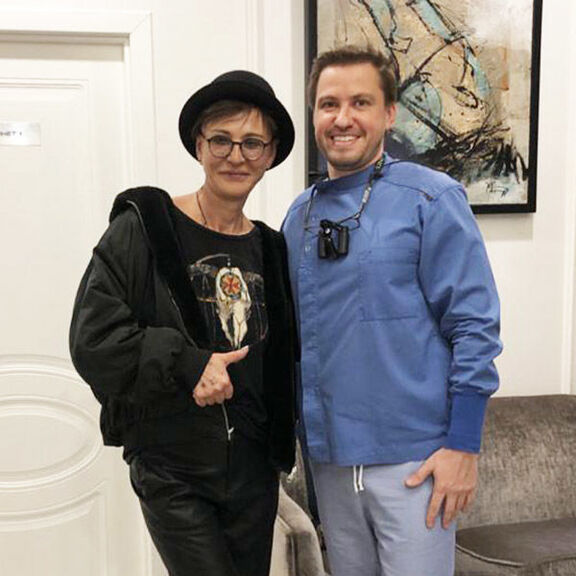

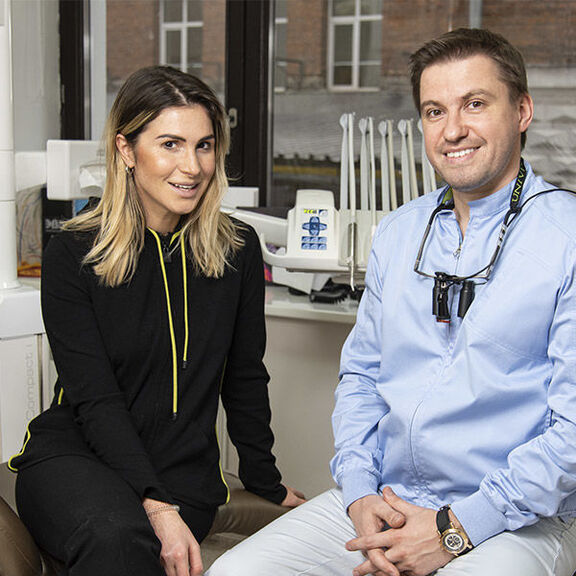




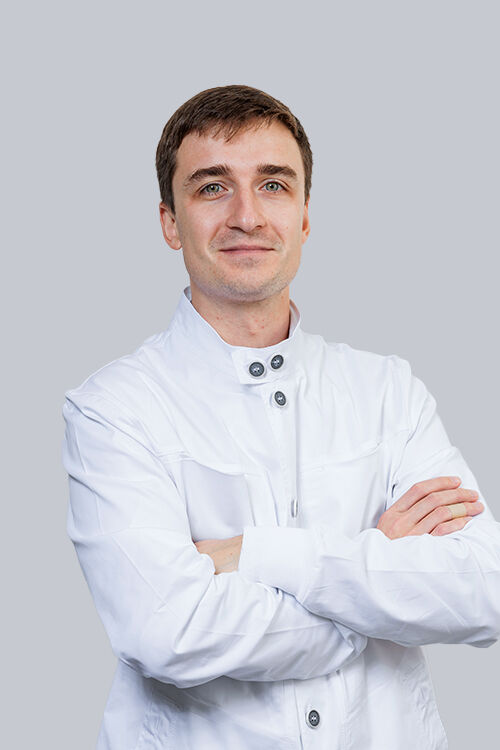




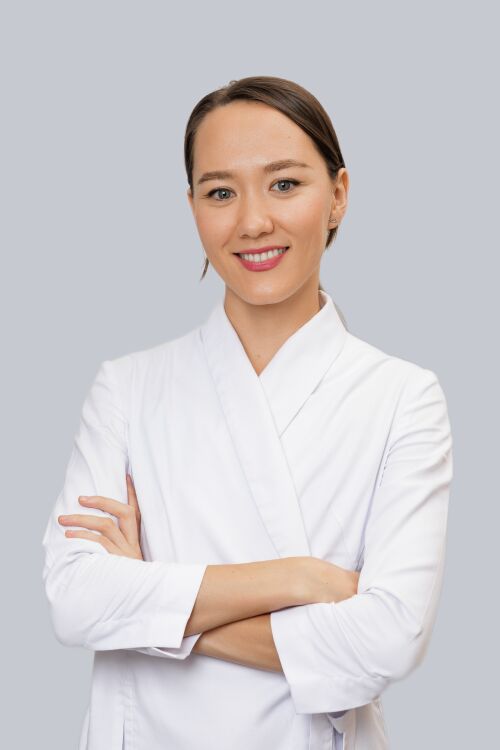















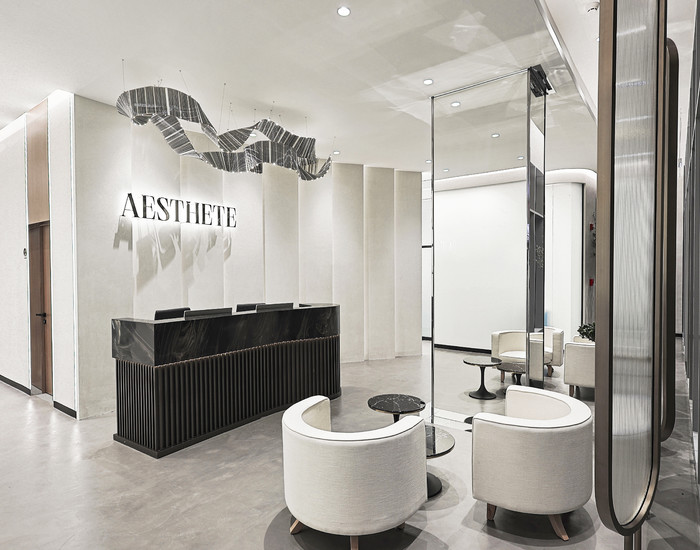
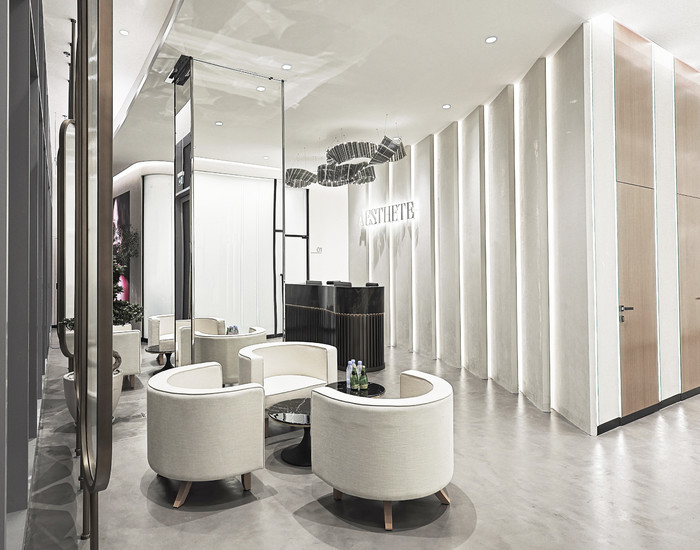
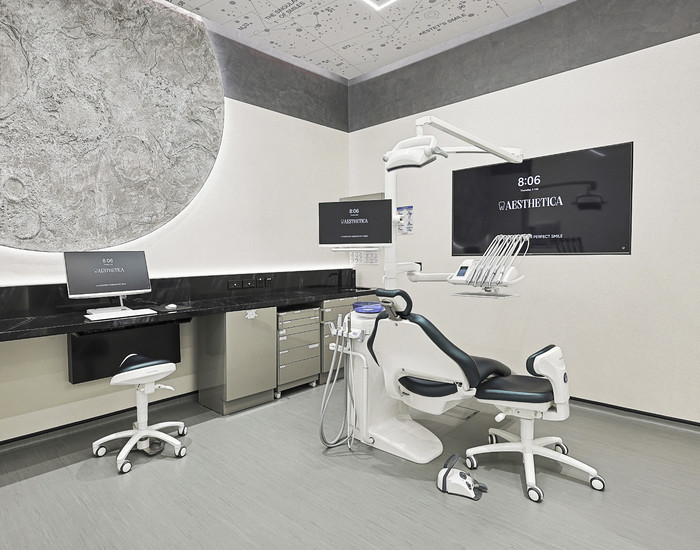
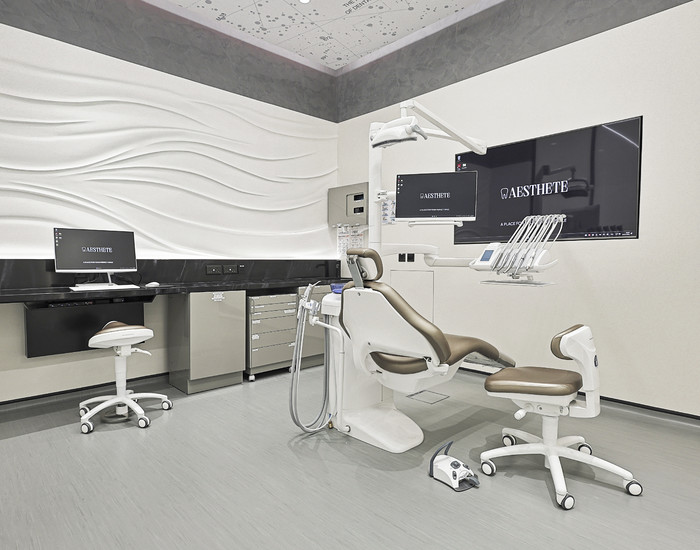
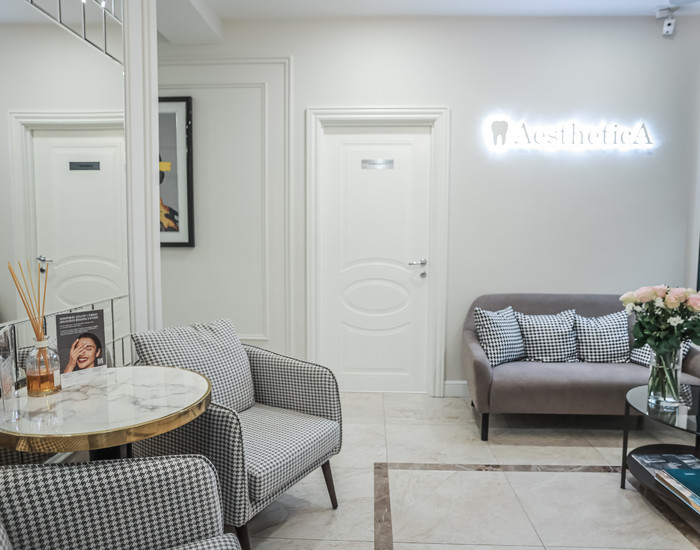


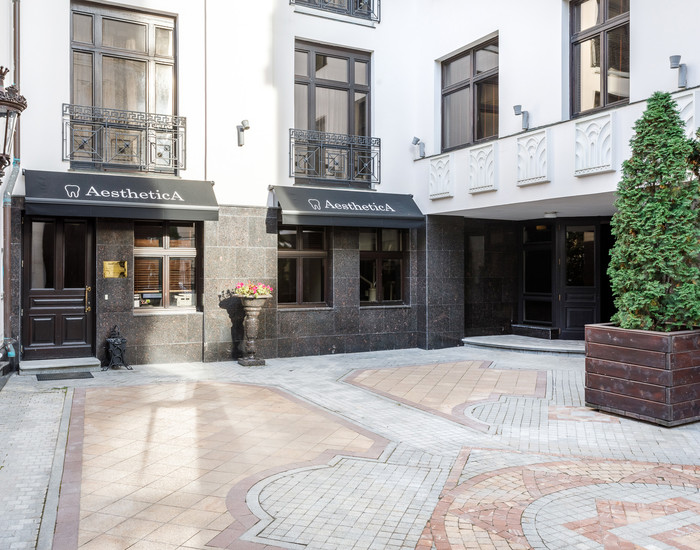


_700x550_ac7.jpg)
